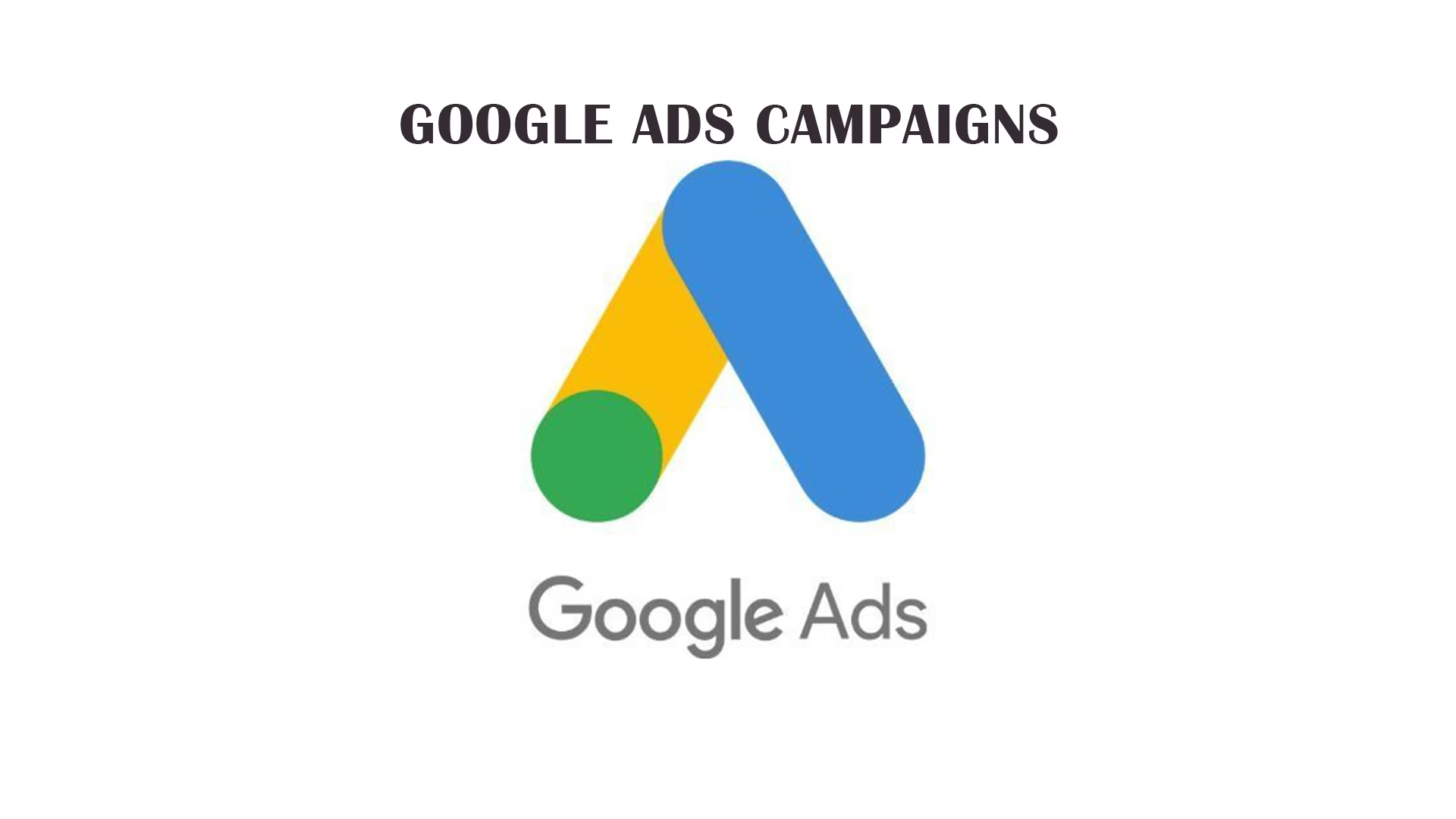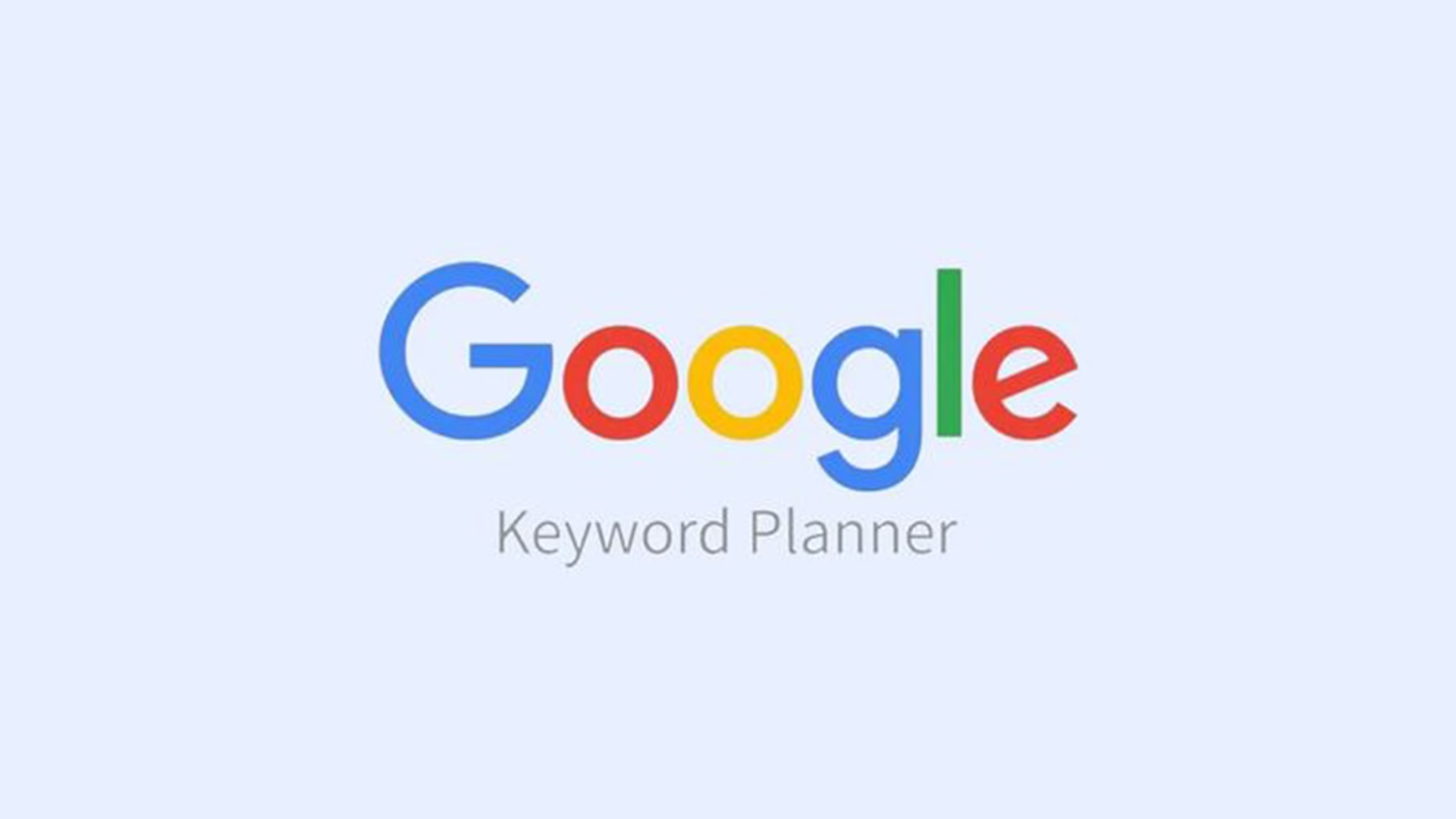For companies aiming to boost their online presence and draw in new clients, Google AdWords is an effective tool. As one of the largest advertising platforms in the world, Google Ads allows you to create targeted ads that appear on Google search results and across various websites. Whether you’re a small business owner or part of a larger organization, understanding how to effectively use Google Ads can significantly impact your marketing strategy. This comprehensive guide will explore the ins and outs of Google Ads, helping you navigate the platform and maximize your advertising efforts.
What is Google Ads?
Google Ads, formerly known as Google AdWords, is an online advertising service that enables businesses to display ads on Google’s search engine results pages (SERPs) and across the Google Display Network. The platform uses a pay-per-click (PPC) business model, so you only have to pay when someone clicks on your advertisement.This makes Google Ads a cost-effective way to reach potential customers actively searching for products or services like yours.
How Google Ads Works
Google Ads functions on a bidding system where advertisers choose keywords related to their business and set a maximum bid for how much they’re willing to pay for each click on their ad. When a user searches for a keyword that matches your ad, Google enters your ad into an auction along with other advertisers competing for the same keywords. The auction considers various factors, including your bid amount, the quality of your ad, and the relevance of your landing page. Ads that rank highest in this auction appear at the top of the search results, increasing the likelihood of attracting clicks.
Setting Up Your Google Ads Account

Creating Your Account
To get started with Google Ads, the first step is to create your account. Visit the Google Ads website and click on “Start Now.” You’ll need to sign in with an existing Google account or create a new one if you don’t have one yet. After logging in, follow the on-screen prompts to set up your account. This process includes selecting your advertising goal—such as driving website traffic, increasing phone calls, or promoting app downloads. Each goal will tailor the subsequent setup process to better meet your needs.
During account setup, you’ll also need to provide basic information about your business, including your business name, website URL, and billing information. It’s important to ensure that all the information you entered is accurate and reflective of your business, as this will help with ad targeting and performance tracking.
Defining Your Campaign Goals
Before launching your first ad, it’s crucial to clearly define your campaign goals.What do you hope to accomplish with your advertisements? Common objectives include increasing website visits, generating leads, boosting sales, or enhancing brand awareness. Establishing specific, measurable goals will not only guide your ad creation process but also help you determine the metrics you’ll use to measure success.
For instance, if your goal is to increase website visits, you may want to focus on metrics such as CTR and landing page conversion rates. If generating leads is your priority, you might track the number of form submissions or inquiries received. By setting clear objectives, you create a framework for your campaign that informs decisions on ad copy, targeting, and budget allocation.
As you define your goals, consider the customer journey and where your audience is in the buying process. Tailor your messaging to address their needs at each stage, whether they’re just discovering your brand or ready to make a purchase. This strategic approach will enhance the effectiveness of your campaigns, ensuring that your ads resonate with the right audience at the right time.
Once your goals are established, you can proceed to create your campaigns and ads, armed with a clearer vision of what success looks like for your business. This foundational step sets the stage for ongoing optimization and growth in your Google Ads efforts.
Understanding Campaign Types

Google Ads provides a range of campaign types tailored to various marketing objectives, making it easier for businesses to reach their target audiences effectively. Search campaigns display text ads on Google’s search results, capturing the interest of users actively seeking specific products or services. Display campaigns utilize visual ads across the extensive Google Display Network, helping to enhance brand awareness as potential customers browse different websites and apps.
For e-commerce, Shopping campaigns showcase product listings with images and prices directly in search results, streamlining the path to purchase. Video campaigns offer engaging ads on platforms like YouTube, allowing brands to tell compelling stories through visual content. Lastly, App campaigns promote mobile applications across various Google platforms, encouraging downloads by targeting specific demographics. Each campaign type serves distinct marketing goals, empowering businesses to choose the best approach for their needs.
Keyword Research: The Backbone of Your Ads
Effective keyword research is critical for the success of your Google Ads campaigns. The right keywords help ensure your ads are shown to the right audience. Here’s how to approach keyword research:
Using Keyword Planner

Google’s Keyword Planner is a valuable tool that helps you discover new keywords and see how they might perform. You can enter phrases related to your business, and the tool will generate keyword ideas along with metrics like search volume and competition level. This data can guide you in selecting the best keywords for your campaigns.
Focusing on Long-Tail Keywords
While short, generic keywords can be highly competitive, long-tail keywords—phrases that are more specific and usually longer—often have less competition and can lead to higher conversion rates. For example, instead of targeting “shoes,” consider using “best running shoes for women.” This specificity can help attract more relevant traffic to your site.
Crafting Compelling Ads
Once you’ve selected your keywords, it’s time to create your ads. Compelling ads can significantly impact your click-through rates (CTR) and overall campaign performance.
Writing Effective Ad Copy
Crafting effective ad copy is crucial for capturing the attention of potential customers and encouraging them to click on your ad. Start by highlighting your unique selling points-
what makes your product or service stand out from the competition? Whether it’s a special feature, an unbeatable price, or a limited-time promotion, showcasing these elements can draw interest.
Additionally, include a strong call to action that prompts users to take the next step, such as “Shop Now,” “Get Your Free Quote Today,” or “Discover More.” This helps guide potential customers toward engaging with your brand. Lastly, strategically incorporate your target keywords into the ad copy to ensure relevance.
When your keywords flow naturally within the text, it not only enhances the ad’s visibility but also contributes to a higher quality score, ultimately improving your ad’s performance in the competitive landscape of Google Ads.
Creating Attention-Grabbing Headlines
The headline is often the first thing users see, so it’s crucial to make it catchy. Use numbers, questions, or emotional triggers to capture attention. For example, instead of “Quality Shoes,” try “Step Up Your Game: Top 10 Quality Shoes for Every Occasion.”
Setting Your Budget and Bidding Strategy
Determining Your Budget
Google Ads allows you to set a daily budget for each campaign, giving you control over your spending. Consider how much you’re willing to invest in advertising and allocate your budget accordingly. Keep in mind that testing different campaigns may require some flexibility in your budget.
Choosing a Bidding Strategy
Selecting the right bidding strategy is essential for maximizing the effectiveness of your Google Ads campaigns. Google Ads provides several options to suit different goals and levels of involvement.
One popular choice is Manual CPC (Cost Per Click), where you set a maximum bid for how much you’re willing to pay for each click on your ad. This approach gives you greater control over your budget and allows you to adjust bids based on performance, but it does require more hands-on management and regular monitoring to ensure you’re optimizing effectively.
On the other hand, Automated Bidding takes the guesswork out of the equation. With this strategy, Google automatically adjusts your bids in real-time based on your campaign goals, such as maximizing conversions or targeting a specific return on ad spend. This can save you valuable time and often leads to better performance by optimizing bids according to market fluctuations and user behavior. By understanding the advantages of each bidding strategy, you can choose the one that aligns best with your advertising objectives and resource availability.
Analyzing Your Performance

Once your ads are live, it’s essential to monitor their performance regularly. Google Ads provides a wealth of data that can help you understand how your campaigns are performing.
Key Metrics to Track
Tracking key metrics is vital for understanding the effectiveness of your Google Ads campaigns. Click-Through Rate (CTR) is one of the most important metrics, as it indicates the percentage of users who clicked on your ad after viewing it. A higher CTR suggests that your ad is relevant and engaging, capturing the interest of your target audience. Another crucial metric is the Conversion Rate, which measures the percentage of users who take a desired action such as making a purchase or filling out a contact form after clicking on your ad.
A strong conversion rate signals that your ad not only attracts clicks but also effectively persuades users to act, reflecting the success of your targeting and messaging strategies. Lastly,Quality Score is a score assigned by Google that evaluates the relevance of your ads, the experience on your landing page, and your CTR. Higher quality scores can result in lower costs per click and improved ad positions, enhancing your overall campaign performance.
By closely monitoring these metrics, you can make informed adjustments to optimize your Google Ads efforts Making Data-Driven Adjustments.
Use the insights gained from your performance data to make informed adjustments to your campaigns. This could involve tweaking your ad copy, adjusting your keywords, or reallocating your budget to the best-performing campaigns. Regularly analyzing your performance will help you continuously optimize your ads for better results.
Staying Up-to-Date with Google Ads

The digital marketing landscape is constantly evolving, and so is Google Ads. Staying informed about the latest updates, features, and best practices is essential for maintaining a competitive edge.
Following Industry News
Subscribe to reputable marketing blogs, attend webinars, or join online communities focused on Google Ads. Engaging with industry experts and fellow advertisers can provide valuable insights and keep you informed about the latest trends.
Experimenting with New Features
Google Ads frequently rolls out new features and tools. Don’t hesitate to experiment with these new options to see how they can enhance your campaigns. Trying out new ad formats, targeting options, or bidding strategies can help you discover innovative ways to reach your audience.
Conclusion
Google Ads is a powerful platform that can significantly boost your online visibility and drive targeted traffic to your website. By understanding how to set up your account, conduct keyword research, craft compelling ads, and analyze performance, you can create effective campaigns that meet your business goals.
Remember to stay informed about industry trends and continuously optimize your ads for the best results. With dedication and the right strategies, Google Ads can be a game changer for your online success To begin, the account setup process is straightforward but essential. Ensure you provide accurate information about your business and choose advertising goals that resonate with your overall marketing strategy.
Once your account is established, conducting keyword research becomes critical. Determine the appropriate keywords that people in your target audience are searching for by using tools such as Google’s Keyword Planner. This research helps you understand search volumes and competition, allowing you to select the most effective keywords for your campaigns.
For Google Ads services, visit the site https://mohammedmuhsinkp.com/
